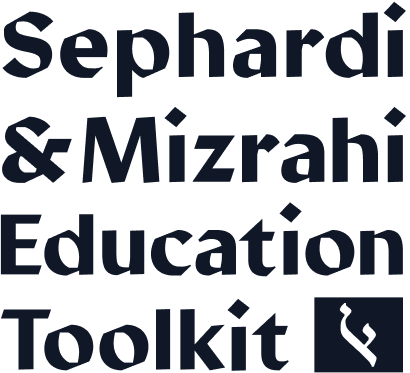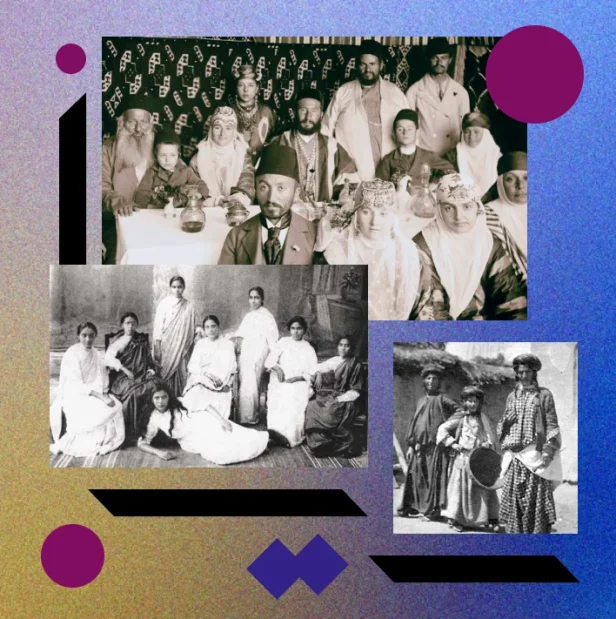Share with your children about where your parents and ancestors came from. Teach them using all your senses, telling stories, sharing recipes and Jewish traditions. Encourage your children to share what they learn about their family at school. Model active listening for your children, and use language that expresses appreciation for multiple perspectives and backgrounds.
Review school workbooks your children bring home and look around the classrooms and hallways on back-to-school night. How are Sephardi and Mizrahi people/communities/characters represented? Do you see Sephardic rabbis/scholars/historical figures on the walls of the classroom? Encourage schools to present Mizrahi/Sephardi heritage in multifaceted ways, avoiding a constant focus on food/music or caricatured in a negative or racist light. Ask teachers and administrators about how Sephardic and other heritages are represented at school and in curricula. Send appreciation to teachers and administrators when you notice meaningful and sustained inclusion efforts.
Get to know the families in your school community who come from diverse backgrounds by arranging playdates and outings. Invite your children’s peers from diverse backgrounds to birthday parties and other celebrations. Attend events held in diverse synagogues or community centers. Make space and time for reflection with your children about their experiences meeting Jews from other backgrounds.
Use Shabbat and holiday meals as opportunities to learn about the wide range of customs, foods, and songs from Jews of different backgrounds. Read books with your children about Jews from different lands with a range of experiences and religious practices.







